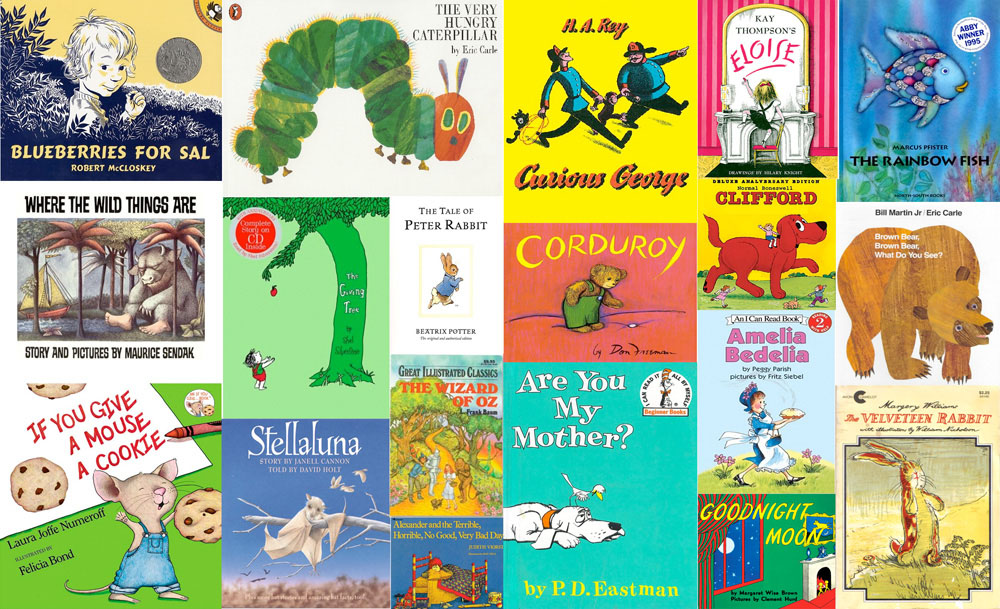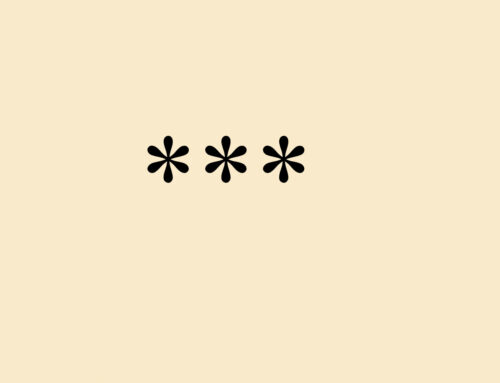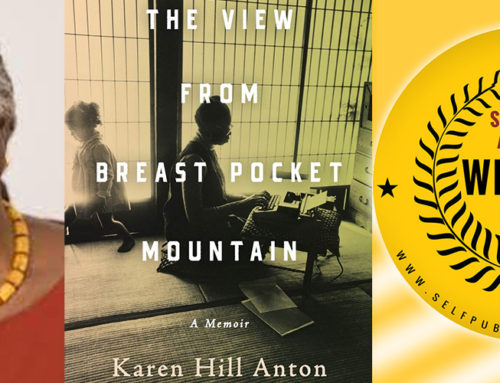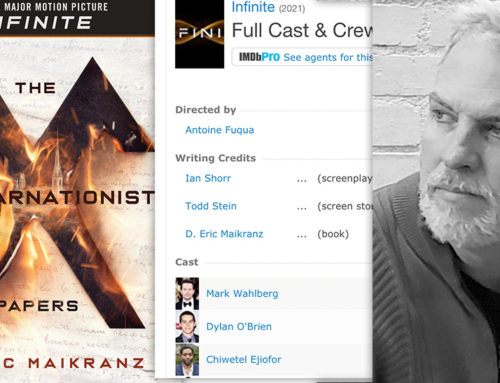
Nearly every child has heard, “Stop staring at that screen and go read a book!” Before TV, parents were probably saying something similar about the radio. And before that, well, marbles might have been a child’s object of obsession.
Today, however, children have such an enormous plethora of distractions — from the Internet to video games to smartphones and even social networks — that TV has become the least of parents’ problems when it comes to getting their kids to read. It can be easy for a parent to give up and let the video games win the war for attention.
But it’s important for us to maintain our perspective on the importance of childhood reading. We know that literacy is the foundation of education, and a strong base is fundamental to a child’s future prosperity and overall quality of life. We also know that a child’s interest in reading is developed early in life, and it’s strongly influenced by parental and cultural factors.
Because of this, every author needs to consider how parents will view their books — and how they’ll get kids to focus on the page, not the “Play” button.
Remember: Parents Buy the Books
Getting your book in front of kids starts with getting their parents to purchase it, and while there are a number of ways authors can hook readers of any age, they need to effectively communicate the specific benefits their books offer to children. There are three important things parents look for when selecting books for their kids:
- Does it teach a lesson? Children are voracious learners, and they take in their lessons through the media, peers, school, and (hopefully) books. If a book offers a lesson that parents recognize as important to a child’s development, they’re more likely to buy it. Every parent knows the struggle of teaching kids the importance of healthy eating habits, but with a book like Joy Feldman’s “Is Your Hair Made of Donuts,” the lesson is presented in a fun, easy-to-digest (no pun intended) manner.
- Does it make education fun? Parents are looking for a story that both provides a lesson and captures their kids’ attention. The best way to do this is by making the story fun. Some authors achieve this by using vibrant pictures, and some use fun or quirky wordplay. Others create characters children are compelled to fall in love with. There’s a reason why Curious George and Clifford the Big Red Dog are mainstays in children’s literature. Kids come to think of them as real friends, and they’re learning valuable lessons about being honest and responsible.
- Will the parent enjoy it? Craft a story that parents will enjoy sharing with their children. Parents are an integral part of developing their children’s reading habits, so write something that’s fun for them, too. When creating a book that will be enjoyed by all, try to explore a universal theme. “Where the Wild Things Are” is as popular today as it was 50 years ago because it’s equally beloved by parents and children. People of all ages and walks of life can identify with the main character, Max.
The first step involves the actual writing of a book that’s comprised of all these elements. Next, you must communicate to parents that your book provides these benefits.
Get to Know Your Audience
Once you’ve made sure your book meets these standards, you need to catch the attention of your audience: parents. They’re the gatekeepers, and they have more than enough to worry about — this is no easy feat. Start your marketing process by asking the Ws:
- Why is the reader going to pick up my book?
- What is the main message or purpose behind my book?
- Who is my target reader?
- When will the book be read?
- Where will my book be sold?
By answering these questions, an author can develop a better sense of his or her audience and how to communicate with them.
Use Technology to Brand Yourself
While technology may be a powerful distraction, it’s an equally powerful tool for marketing and communication. Make a website, use social networking, and find creative ways to let your audience know that your book is out there. Perhaps your website should provide puzzles or word games associated with the characters in your book; children and parents can work together to solve them.
The bottom line is that technology isn’t the competition; it’s simply a tool. Authors of children’s literature shouldn’t compete with video games and smartphones when writing a book. They should be trying to write a book that’s both fun and educational — one that children can’t wait to get home and read again and again.
And, as any author knows, the real struggle is in the actual writing, so don’t sweat the other stuff. Create a story, and make sure it’s unforgettable. The only thing that will be forgotten is the remote.
Get an Editorial Review | Get Amazon Sales & Reviews | Get Edited | Publish Your Book | Enter the SPR Book Awards | Other Marketing Services






















Leave A Comment